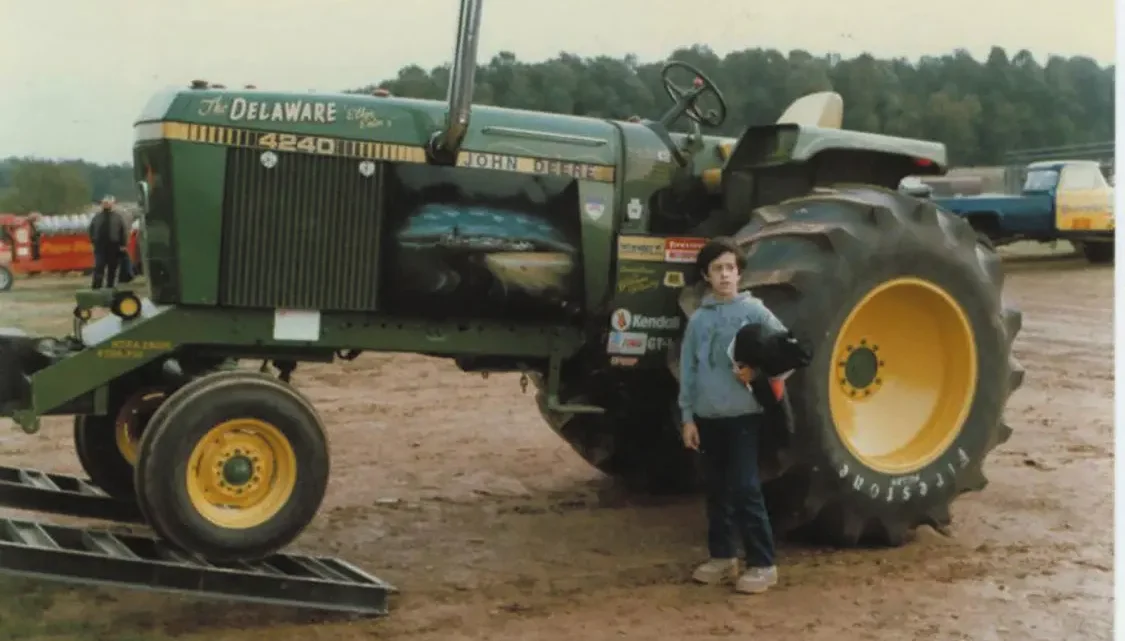 DUSTIN KORTH
.
July 05, 2024
.
Diesel World
DUSTIN KORTH
.
July 05, 2024
.
Diesel World

By the time the 1960s rolled around, tractor pulling was everywhere. County fairs and local events all across rural America were home to various tractor pulls, each having their own unique set of regulations and requirements. As tractor pulling became more prevalent, the increasing need for a sanctioning body arose. Because of this, the National Tractor Pullers Association, or NTPA, was born. The NTPA was established to regulate competitions, set standards for competitors, and otherwise ensure fair competition to all that wanted to participate in tractor pulling events. These governing bodies helped professionalize the sport, attract larger audiences, and otherwise helped the sport continue to grow and attract both new sponsors but also new media coverage as well.
As the sport grew, people all around the world began to recognize tractor pulling as a legitimate sport. Because of this, many technological advances would come down the pipeline. New engine designs that boasted higher horsepower and torque performance, new tires that would better grip the track, and of course, safety equipment that would help keep drivers safe in the event of a mishap. Perhaps the biggest change to tractor pulling through, was the introduction of forced induction to diesel engines. These new power plants would allow tractors with smaller engines to make more power than ever before.
By the 1980s, tractor pulling had become somewhat of a global phenomenon. Competitions were being held all over the world, with huge partners coming on board to support the events. In an effort to keep the sport both entertaining and fair to competitors, a universal class structure would be formed. This would allow competitors of all tiers compete with similar machines, however it also allowed for some insane builds with pullers pushing the limits of what their machines could do.
The 2000s rang in a lot of changes, but perhaps the biggest was the introduction of computer management technology for tractor engines. As manufacturers pushed to increase horsepower, decrease emissions, and make more overall power with their machines, it gave tractor pullers an opportunity to really start kicking up the competitive nature of the sport.
Today, tractor pulling stands as a testament to human innovation and the enduring spirit of competition. From its humble beginnings in rural America to its global reach, the sport has captivated audiences with its blend of horsepower, adrenaline, and spectacle. Events such as the NTPA Grand National Tractor Pull attract thousands of spectators each year, eager to witness the awe-inspiring feats of strength on display.
While the technology and equipment used in tractor pulling have undergone significant transformations over the years, the essence of the sport remains rooted in its agricultural heritage. It is a celebration of the hard work and ingenuity of farmers, who have always sought to harness the power of machinery to improve their livelihoods.
As we look to the future, tractor pulling continues to evolve, with new challenges and opportunities on the horizon. With advances in alternative fuels and renewable energy sources, there is potential for even greater innovation in tractor design and performance. Yet, amidst the changes and progress, one thing remains constant—the enduring allure of tractor pulling and the timeless thrill of watching machines defy the limits of strength and speed.
In conclusion, the history of tractor pulling is a testament to human ingenuity, resilience, and the enduring bond between man and machine. From its humble beginnings to its status as a global motorsport, tractor pulling has captivated audiences with its blend of power, precision, and spectacle. As we look ahead to the future, one thing is certain—tractor pulling will continue to push the boundaries of what is possible, inspiring generations to come.
We use cookies to enhance your browsing experience, serve personalized ads or content, and analyze our traffic. By clicking "Accept All", you consent to our use of cookies. Visit our Cookie Policy for more info.
Notifications
Share Link